Olive Young - Yeonsan Station Branch [Tax Refund Shop] (올리브영 연산역점)
16.0Km 2024-06-28
1086, Jungang-daero, Yeonje-gu, Busan
-
Gaya Halmae Milmyeon (가야할매밀면)
16.0Km 2019-08-17
32, World cup-daero 145beon-gil, Yeonje-gu, Busan
+82-51-865-8017
Located in Yeonsan-dong, Gaya Halmae Milmyeon specializes in milmyeon (wheat noodles), one of the most famous dishes in Busan.
Olive Young - Busan Minam Station Branch [Tax Refund Shop] (올리브영 부산미남역점)
16.0Km 2024-06-27
1F, #101, 3, Asiad-daero 231beon-gil, Dongnae-gu, Busan
-
Geumjeongsan Mountain (Busan National Geopark) (금정산 (부산 국가지질공원))
16.2Km 2019-11-20
Geumseong-dong, Geumjeong-gu, Busan
+82-51-888-3636
Geumjeongsan Mountain was created by an overflow of magma approximately 70 million years ago. Over time, rain and wind shaped the mountain to what it is now, with gentle slopes and unique rock formations. The mountain features various walking trails and historical attractions, such as Beomeosa Temple and Geumjeongsanseong Fortress.
Olive Young - Gwangalli Branch [Tax Refund Shop] (올리브영 광안리)
16.3Km 2024-04-16
153-1, Gwanganhaebyeon-ro, Suyeong-gu, Busan
-
Gwangalli SUP Zone (광안리 SUP Zone)
16.3Km 2022-04-06
Namcheon-dong, Suyeong-gu, Busan
+82-51-610-4951
Gwangalli SUP Zone is a space to make Gwangalli Beach the mecca of water sports. The peaceful waves of Gwangalli Beach makes it a perfect condition for people to ride Stand Up Paddleboard. After being designated as SUP Zone in 2020, the 400 meter area offers beach bar, beach bed, wind bed, SUP photo zone and more. In July and August, people who rent water leisure equipments can use reed parasol or beach bed for free. Visitors can also enjoy special experience using phone app "Real World" for an outdoor room escape.
Seosaengpo Waeseong Fortress (서생포왜성)
16.4Km 2020-02-05
Seosaeng-ri, Seosaeng-myeon, Ulju-gun, Ulsan-si
+82-52-204-0324
Seosaengpo Waeseong Fortress
(Seosaengpo Japanese Fortress) is a stone fortress typical
of the Japanese style popular in the later part of the 16th century. It was built under the leadership of Japanese General Kato Kiyomasa in
1592-1593 at the beginning of the Imjinwaeran War (Japanese invasion, 1592-1598). The main fortress is located on a mountaintop 200 meters above
sea level, a second fortress is halfway down the mountain, and a third fortress is
located at the bottom of the mountain. The whole fortress is rectangular shaped. The fortress wall is 6 meters high and slants at an angle of 15 degrees.
In 1594, a Buddhist monk named Samyeong-daesa came to Seosaengpo Waeseong Fortress four times to negotiate for peace, but he failed each time. In 1598, the fortress was taken over
by Korea with the assistance of General Magwi of the Ming dynasty. A year later, Changpyodang Shrine was built in honor of 53 Koreans
who died during battles against the Japanese invading forces. However, the shrine was destroyed during the Japanese imperialism period and no
trace of it remains. It is possible to tell from Seosaengpo Jinseongdo (a map drawn up in 1872) that the fortress was also partially used by Korean forces.
Geumnyeonsan Mountain (금련산)
16.4Km 2018-07-11
Gwangan-dong, Suyeong-gu, Busan
+82-51-253-8253
There are two stories about how Busan's 415m high Geumnyeonsan Mountain got its name. One suggests that the mountain resembled lotus flowers and the other argues that Buddhists served Buddha with golden flowers. Although the mountain used to be home to two temples, Banyaam and Banyamilda, there are only traces of those sites left. Renowned for majestic tolling of temple bells, the mountain belongs to one of eight scenic sights in Suyeong and offers a training facility for children, mineral spring spots, and hiking trails.
E-Mart - Yeonje Branch [Tax Refund Shop] (이마트 연제)
16.4Km 2024-04-22
89, Yeonsu-ro, Yeonje-gu, Busan
-
Geumnyeonsan Youth Training Institute (부산광역시 금련산청소년수련원)
16.4Km 2020-08-19
156, Hwangnyeongsan-ro, Suyeong-gu, Busan
+82-51-625-0709
Located on Geumnyeonsan Mountain in the heart of Busan, Geumnyeonsan Youth Training Institute is a youth center managed directly by Busan Metropolitan City. Surrounded by a wonderful natural landscape, the institute also functions as a place to relax for the general public. Its main facilities include a youth campground, dormitories, an astronomical observatory, auditorium, and fitness center. There is also a promenade and a wisteria-lined path, so the institute is a place of both learning and relaxation.

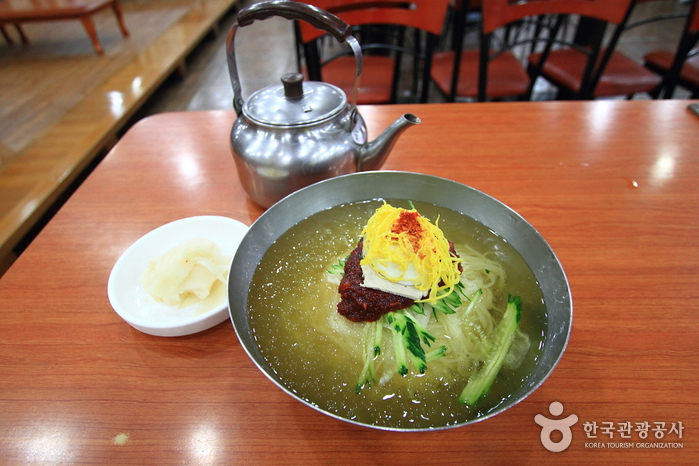
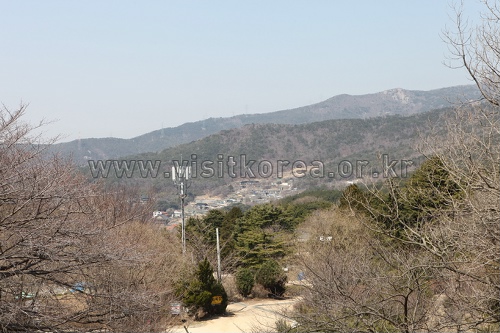
![Olive Young - Gwangalli Branch [Tax Refund Shop] (올리브영 광안리)](http://tong.visitkorea.or.kr/cms/resource/14/2885714_image2_1.jpg)
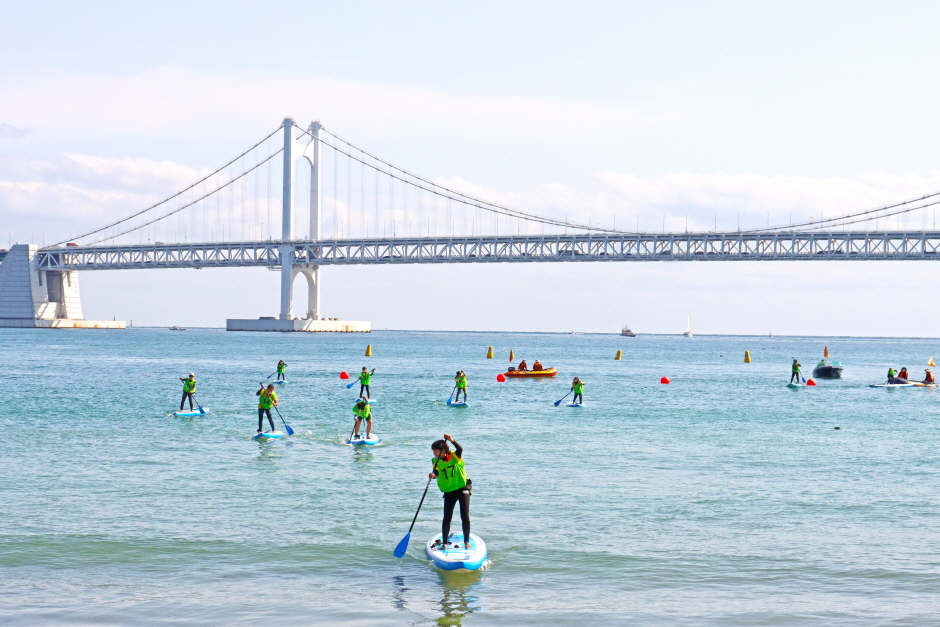
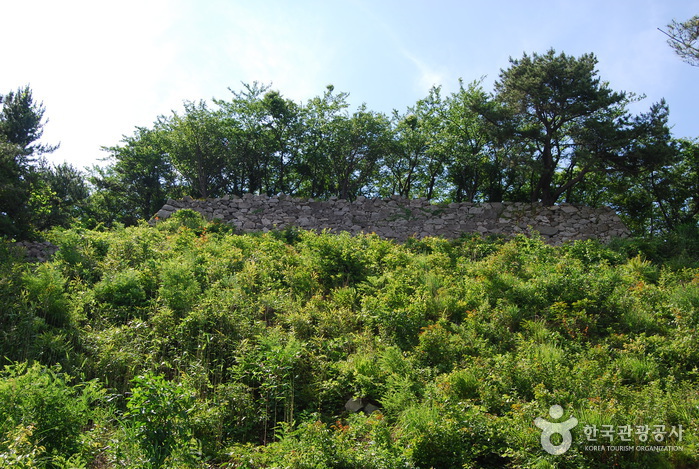
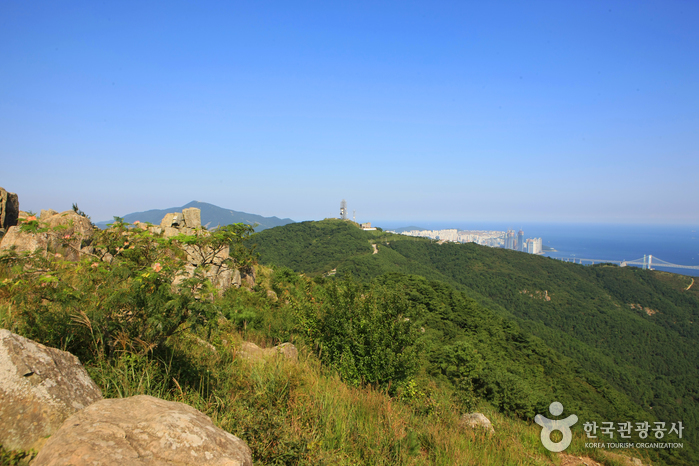
![E-Mart - Yeonje Branch [Tax Refund Shop] (이마트 연제)](http://tong.visitkorea.or.kr/cms/resource/70/2885470_image2_1.jpg)
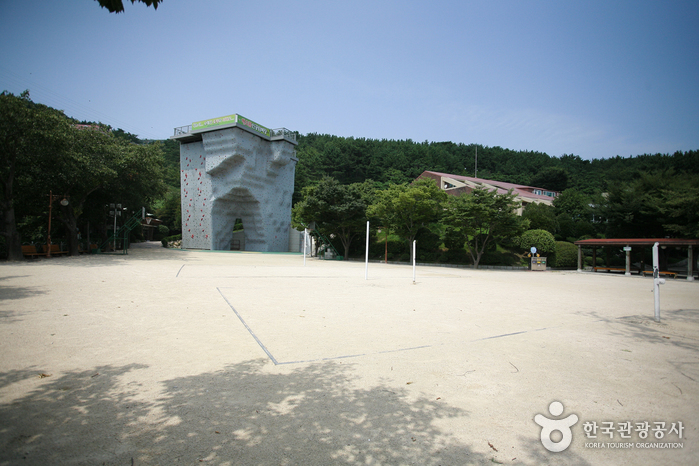
 English
English
 한국어
한국어 日本語
日本語 中文(简体)
中文(简体) Deutsch
Deutsch Français
Français Español
Español Русский
Русский